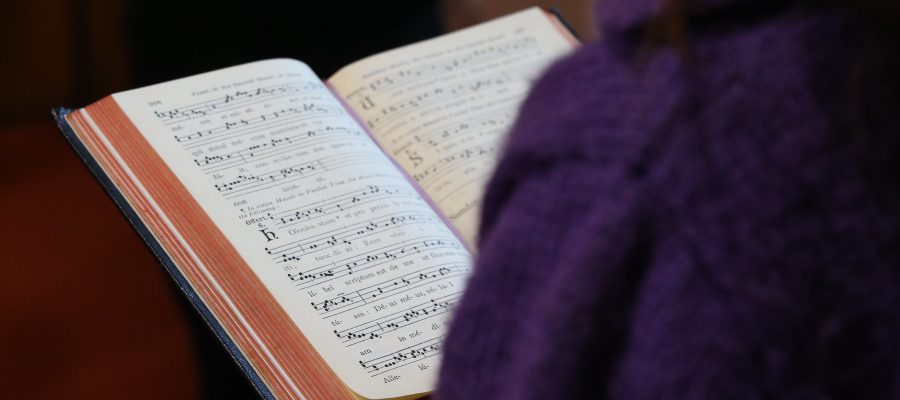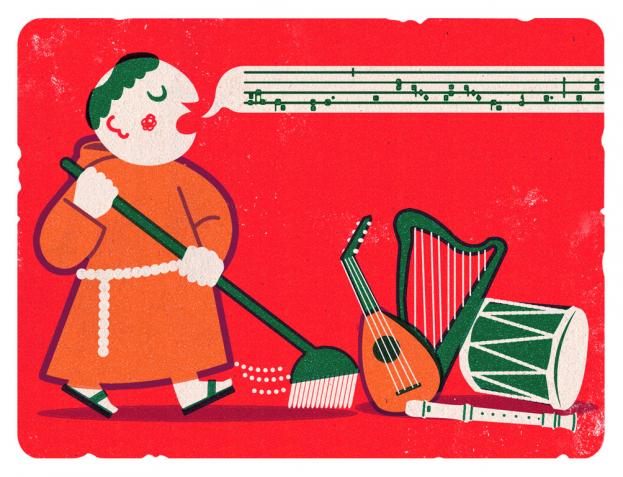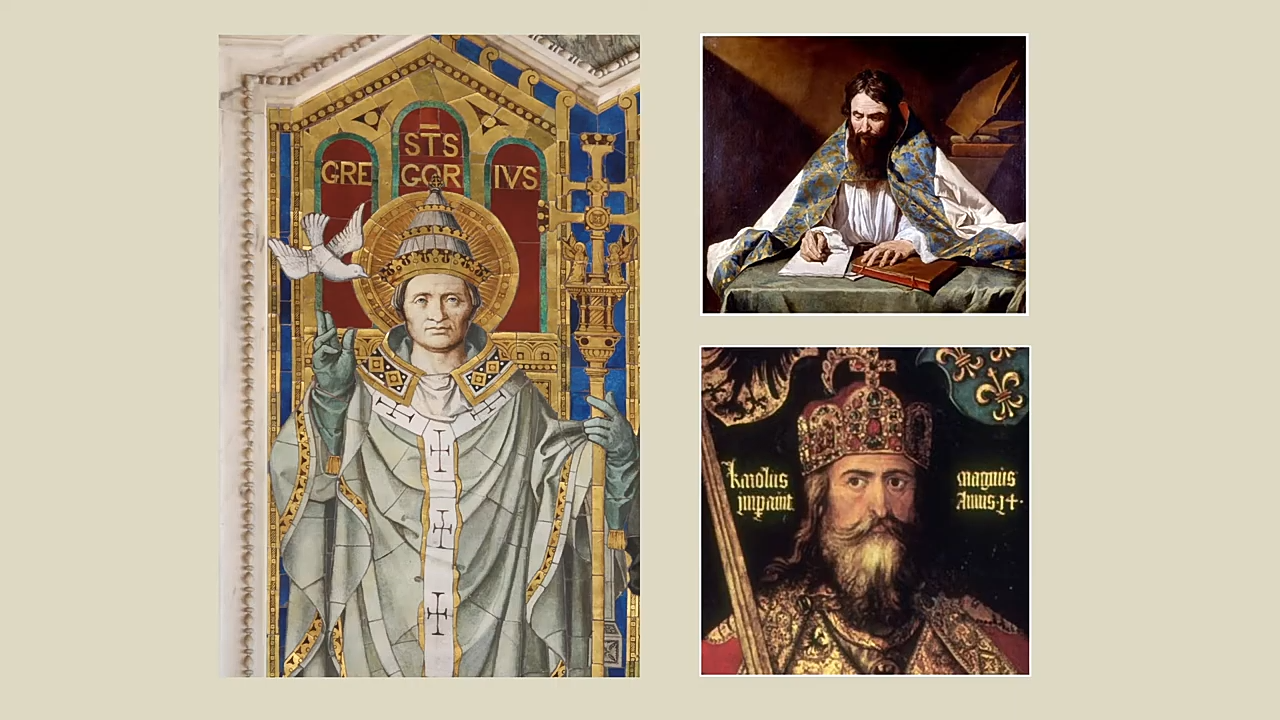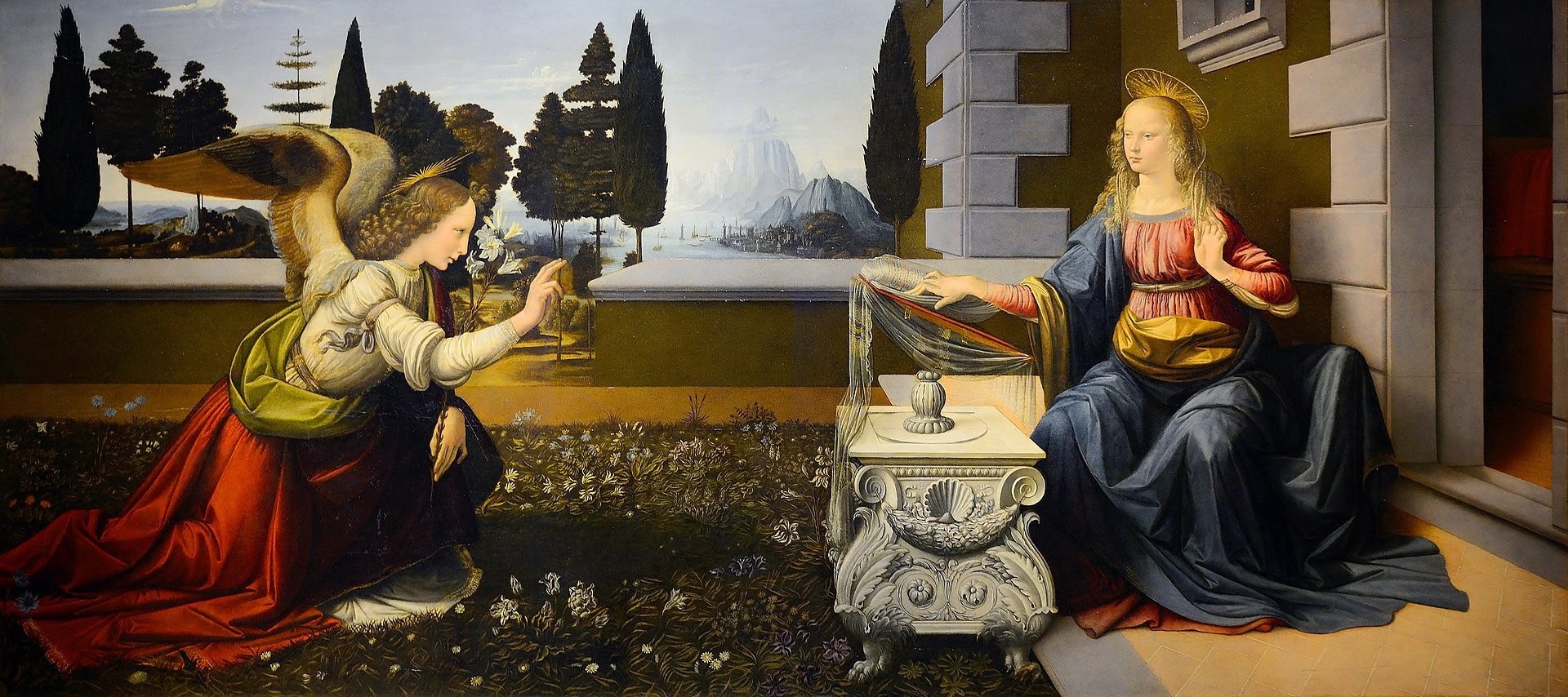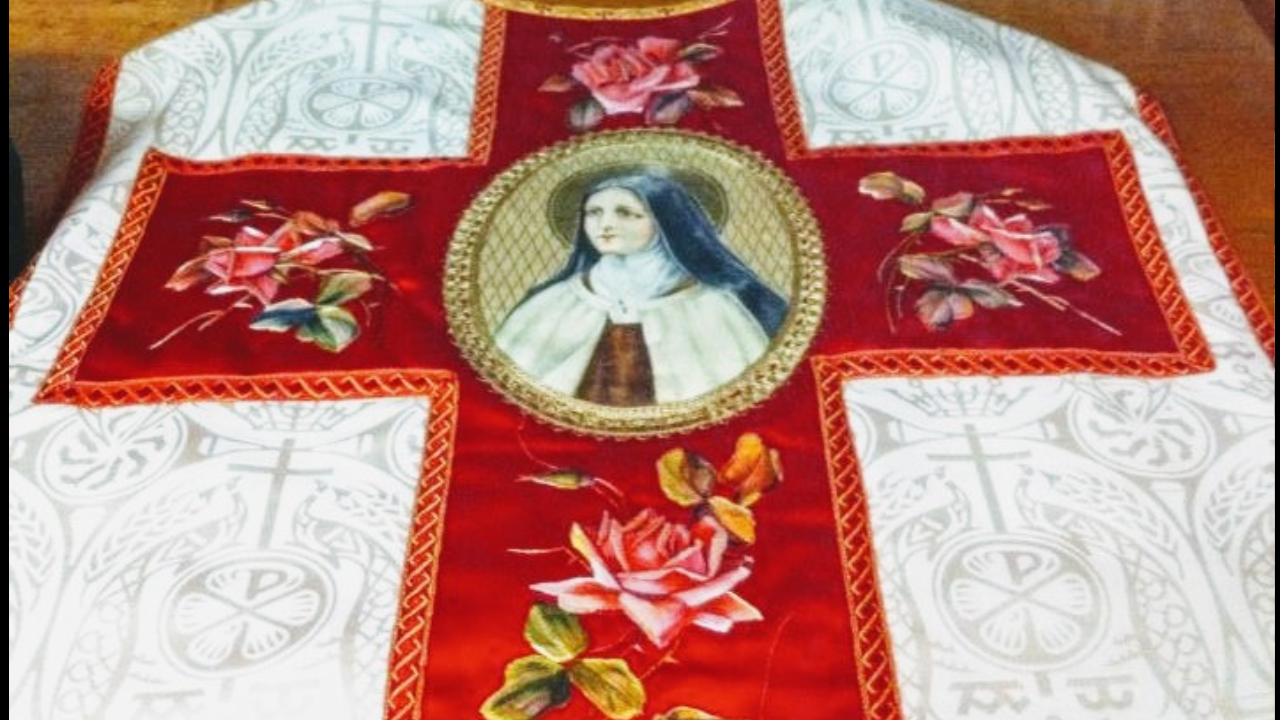A great prayer exercise for those involved in sacred music is to meditate on the texts of the propers (the changing prayers of the Mass) using the chant.
The western chant repertoire of the Church is an amalgamation of chants belonging to the different western rites, the final corpus being delineated by Pope Gregory the Great in the late 9th Century- giving it the nickname ‘Gregorian Chant.’ It would be a mistake to think that this is the beginning of the chant repertoire- the same mistake as thinking that the Tridentine Mass originates from the Council of Trent which simply codified and standardised the Latin Rite which can be traced back to the Apostles. Continue reading “Exaudi Domine, V Sunday after Pentecost”
